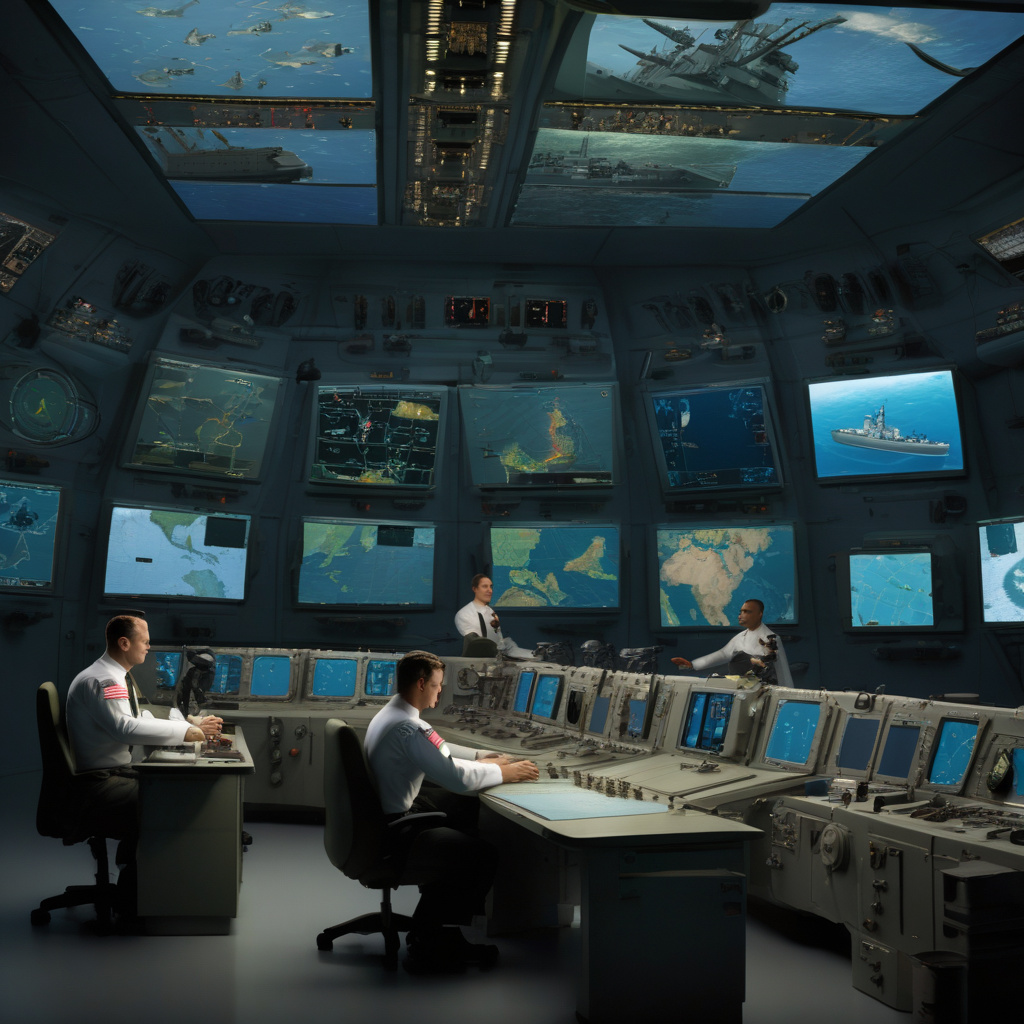US’ Tech Breakthrough: Tracking Submarines in Hostile Environments to Boost War Dominance
The United States could soon get advanced technology in unmanned airborne detection and tracking of submarines in GPS-denied environments. This breakthrough is set to revolutionize the way the US Navy operates in hostile waters, giving the country a significant edge in maritime warfare.
Traditionally, tracking submarines in deep-sea environments has been a challenging task, especially in areas where GPS signals are jammed or denied. However, with the development of cutting-edge technology, the US military is on the brink of overcoming these obstacles. By harnessing the power of unmanned aerial vehicles (UAVs) equipped with state-of-the-art sensors and tracking systems, the US Navy will be able to detect and monitor enemy submarines with unprecedented accuracy and efficiency.
One of the key advantages of this technology is its ability to operate in GPS-denied environments. This means that even in situations where traditional GPS tracking is ineffective, the US military can rely on UAVs to pinpoint the exact location of enemy submarines. This level of precision not only enhances the effectiveness of naval operations but also reduces the risk to US personnel by enabling remote monitoring of potential threats.
Moreover, the use of UAVs for submarine tracking offers a cost-effective solution for the US Navy. Compared to manned aircraft or submarines, UAVs are relatively inexpensive to operate and maintain, making them a practical choice for long-term maritime surveillance missions. By deploying a fleet of UAVs equipped with advanced tracking technology, the US military can establish a robust and continuous monitoring system to ensure the security of its waters.
In addition to their tracking capabilities, UAVs can also be equipped with advanced communication systems to relay real-time data to naval command centers. This seamless integration of surveillance and communication technologies enables the US Navy to respond swiftly to emerging threats and coordinate tactical responses with precision and efficiency.
Furthermore, the development of this technology underscores the US military’s commitment to innovation and technological superiority. By investing in cutting-edge solutions for maritime security, the United States reaffirms its position as a global leader in defense capabilities. This strategic advantage not only deters potential adversaries but also ensures the safety and security of US interests in the world’s oceans.
In conclusion, the imminent deployment of advanced technology for tracking submarines in hostile, GPS-denied environments represents a significant milestone in the US military’s quest for dominance in maritime warfare. By leveraging the capabilities of unmanned aerial vehicles, the US Navy is poised to enhance its surveillance and tracking capabilities, thereby strengthening its position as a formidable force on the high seas.
#USNavy, #SubmarineTracking, #MilitaryInnovation, #MaritimeSecurity, #DefenseTechnology












